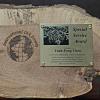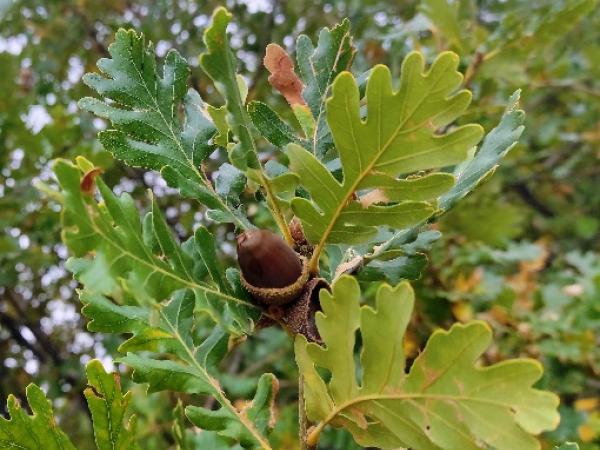Editor's Picks
Plant Focus
Five species of evergreen oaks grow naturally in the Kumaun, western Himalaya. Among these, Quercus leucotrichophora (earlier also known as Q. incana1) forms extensive oak forests. It is known locally as banj oak. These forests are distributed from 1000–2100 m in western Himalaya, extending eastward to Nepal, mainly in the outer ranges. It grows on all aspects, but attains its maximum dimensions on cool northern aspects with deep moist soil. Rhododendron arboreum, Lyonia ovalifolia, Pyrus pashia, Myrica esculenta, and Cornus oblonga form the major associates of this forest. At its upper limits, this forest merges with Q. floribunda, and on moist ground at lower elevation with Q. glauca. It is also frequently found associated with conifers, namely Cedrus deodara and Pinus roxburghii.

The following are various characteristic traits of Q. leucotrichophora:
Leaf shedding April–June
Shoot initiation April–June
Flowering April–June
Seed maturation October–January (annual maturation)
Seed dispersal December–May
Seed germination June–early July
Seed germination and monsoon rainfall Seed germination and seedling recruitment are unrelated to monsoon rainfall
Seed predation Seeds vulnerable to predation as they wait for a long time for favorable conditions
Seedling herbivory High because of poor herbaceous cover during spring
Seedling competition Low competition in initial stages with herbs for light and space
Water stress High in initial seedling stage
Acorn infestation Reported due to Dicranognathus nebulosus, Sitophilus glandium, and Curculio sikkimensis
Natural regeneration Low to moderate
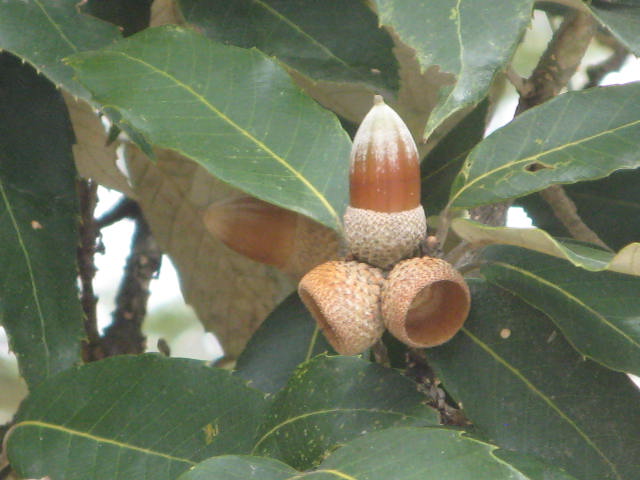
It grows to a height of 15–25 m. It is an evergreen tree bearing stalked, ovate to lanceolate, acuminate, serrate, leathery, and dark green leaves, which are glabrous above and densely white or gray pubescent beneath. Male flowers are slender with drooping spikes. Female spikes are sessile and axillary. Acorns are solitary or sometimes 2–3 together on a short peduncle. It is extensively lopped for fuelwood and cattle fodder. The wood of this species has a high calorific value and good burning properties. Leaf litter is rich in nitrogen and makes an excellent compost fertilizer.
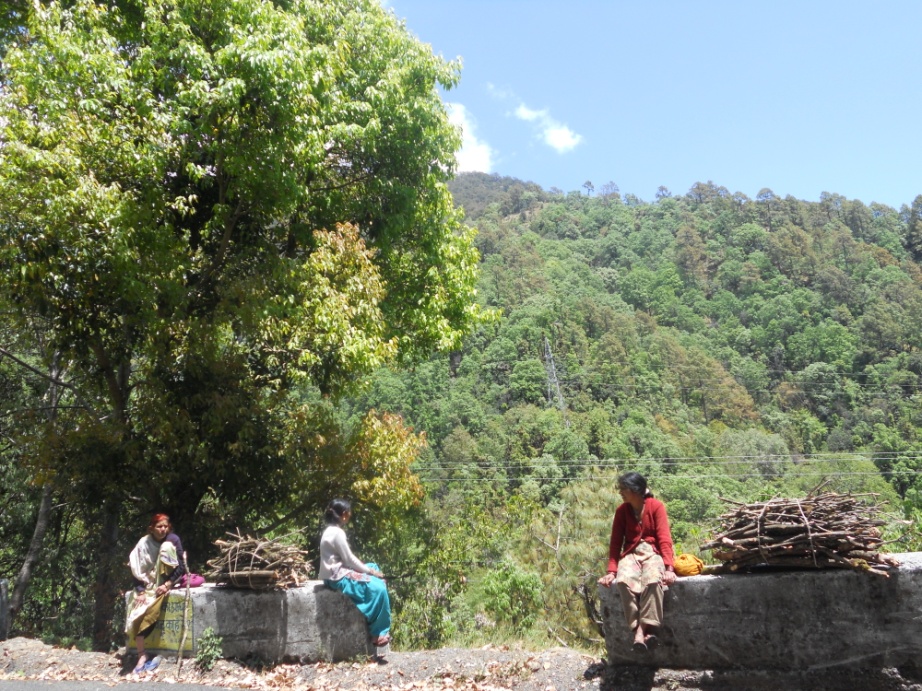
However, excessive lopping, overgrazing and tree felling, together with non-viable seeds due to short viability, extreme weevil and pest infestation, and animal and bird predation, results in low acorn production and thus overall poor natural regeneration (Saxena 1979). Therefore, the noticeable decline in regeneration potential of banj oak is of great concern in the Kumaun Himalayan region.
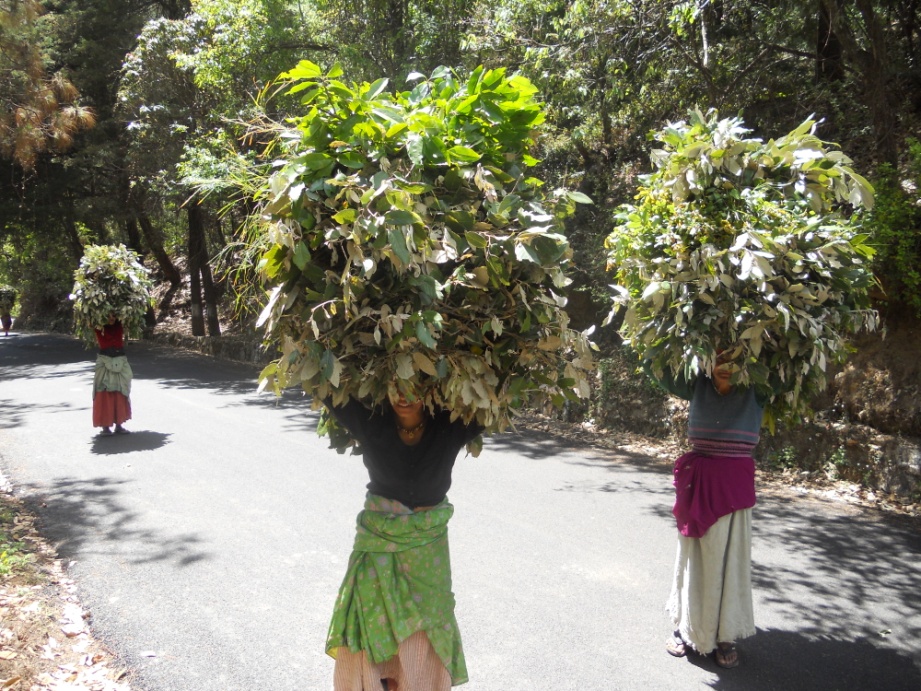
A study was therefore carried out to improve germination of this species in laboratory and nursery conditions. Among various pre-sowing treatments, water soaking for 48 hours of seeds with the outer shell removed proved significantly best in improving germination (Negi 2018). Germinated seeds from each pre-sowing treatment were then transferred to an experimental nursery for mass production of seedlings.

The outcomes of this study impart simple, easily applicable, and cost effective methods to improve seed germination and rapid mass seedling production for commercial and restoration purposes.



Works cited
Negi, M., 2018. "Impact of anthropogenic and climate induced perturbations on regeneration potential of oak forests in Kumaun Himalaya." PhD thesis, Kumaun University, Nainital.
Saxena, A.K., 1979. "Ecology of vegetation complex of North-Western Catchment of river Gola." PhD thesis, Kumaun University, Nainital
1See The Status of Quercus oblongata on this website for further detail.


